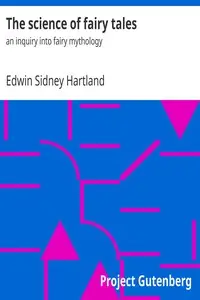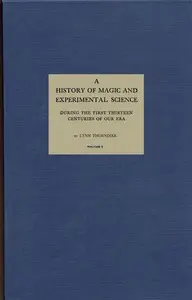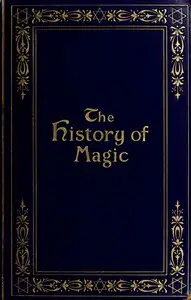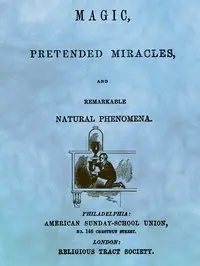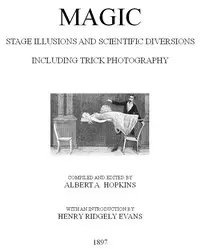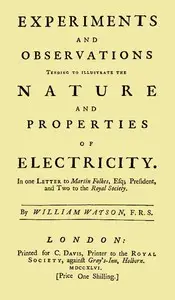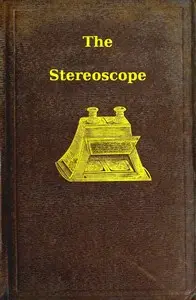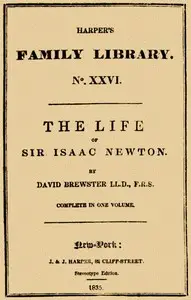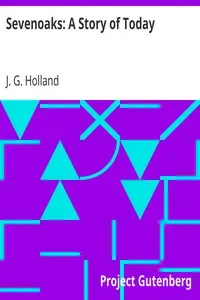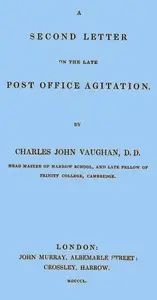"Letters on Natural Magic; Addressed to Sir Walter Scott, Bart." by David Brewster is a scientific exploration of how ancient societies employed science to create illusions of magic and supernatural power, fooling their people with what seemed like miracles. The publication uncovers how leaders and so-called magicians used scientific techniques to trick others into believing they possessed supernatural gifts, allowing them to control their subjects and gain influence through deception. Brewster's early letters focus on these historical uses of scientific principles in magic, setting the stage for a deeper exploration of how light, sound, and other natural phenomena were manipulated to create illusions and fuel people's belief in the supernatural.
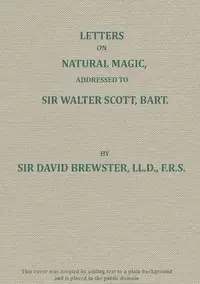
Letters on Natural Magic; Addressed to Sir Walter Scott, Bart.
By David Brewster
Discover how rulers of the past used science to fool their people into believing in magic, giving them power through unbelievable illusions.
Summary
About the AuthorSir David Brewster KH PRSE FRS FSA Scot FSSA MICE was a Scottish scientist, inventor, author, and academic administrator. In science he is principally remembered for his experimental work in physical optics, mostly concerned with the study of the polarization of light and including the discovery of Brewster's angle. He studied the birefringence of crystals under compression and discovered photoelasticity, thereby creating the field of optical mineralogy. For this work, William Whewell dubbed him the "father of modern experimental optics" and "the Johannes Kepler of optics."
Sir David Brewster KH PRSE FRS FSA Scot FSSA MICE was a Scottish scientist, inventor, author, and academic administrator. In science he is principally remembered for his experimental work in physical optics, mostly concerned with the study of the polarization of light and including the discovery of Brewster's angle. He studied the birefringence of crystals under compression and discovered photoelasticity, thereby creating the field of optical mineralogy. For this work, William Whewell dubbed him the "father of modern experimental optics" and "the Johannes Kepler of optics."

